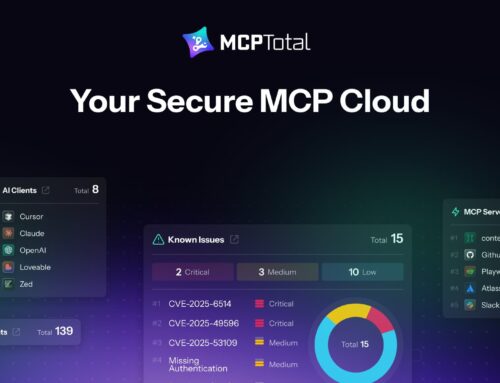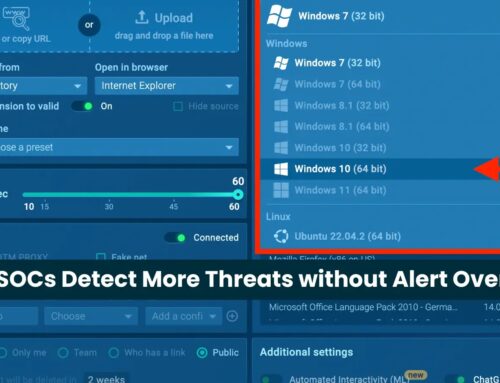
CNCERT Accuses of US Intelligence Agencies Attacking Chinese Military-Industrial Units
The digital battlefield is constantly expanding, with nation-state actors leveraging sophisticated cyber capabilities to gain strategic advantages. Recent reports from the Chinese National Computer Emergency Response Team (CNCERT) have unveiled a series of highly advanced cyberattacks targeting China’s critical military-industrial infrastructure, unequivocally attributing these intrusions to US intelligence agencies. These incidents highlight a significant escalation in cyber espionage, underscoring the relentless pursuit of sensitive defense data and the critical need for robust cybersecurity measures.
The Escalation of Cyber Espionage: CNCERT’s Accusations
Since mid-2022, Chinese military-industrial networks have reportedly been under siege. CNCERT’s findings detail a concerted effort by US intelligence agencies to infiltrate these pivotal systems. The scope of these attacks is not merely about data exfiltration; it encompasses the establishment of long-term persistence and the acquisition of critical intelligence assets.
These campaigns are characterized by their exceptional sophistication, leveraging previously unknown vulnerabilities – commonly referred to as zero-day exploits – to circumvent traditional security defenses. The attacks involve the deployment of stealthy malware designed to maintain covert access, exfiltrate sensitive defense research, development, and operational data, and remain undetected for extended periods. This level of access enables adversaries to gain deep insights into military capabilities, technological advancements, and strategic planning.
Advanced Persistent Threats: A Deeper Dive
The described attacks bear the hallmarks of Advanced Persistent Threats (APTs). APT groups, often state-sponsored, are characterized by their:
- Sophistication: Employing custom malware, zero-day exploits, and advanced evasion techniques.
- Persistence: Maintaining long-term access to compromised networks, often for months or even years.
- Targeting: Focusing on high-value targets such as government entities, critical infrastructure, and defense organizations.
- Resourcefulness: Possessing significant resources, including funding, personnel, and technical expertise.
The initial identification of similar intrusion techniques following the NSA breach at Northwestern Polytechnical University provided early indicators of this modus operandi. The latest incidents uncovered by CNCERT serve as a stark reminder of the continuous and evolving nature of nation-state cyber threats.
Impact on Military-Industrial Units
Attacks on military-industrial units hold profound implications. Such intrusions can lead to:
- Compromise of Intellectual Property: Theft of sensitive defense technologies, blueprints, and research data, impacting competitive advantage and national security.
- Operational Disruption: Potential for sabotaging critical systems, supply chains, and manufacturing capabilities.
- Strategic Intelligence Gathering: Acquisition of information that can be used to understand an adversary’s capabilities, vulnerabilities, and intentions.
- Erosion of Trust: Undermining confidence in digital infrastructure and international relations.
Remediation Actions for Critical Infrastructure
Organizations, particularly those involved in defense and critical national infrastructure, must adopt a proactive and multi-layered approach to cybersecurity. Given the described attack methodologies, the following remediation actions are paramount:
- Zero-Trust Architecture Implementation: Assume breach and verify every access request, regardless of origin. Implement strict access controls and micro-segmentation.
- Vulnerability Management and Patching: Maintain an aggressive patching schedule for all software and hardware. Prioritize patching critical vulnerabilities. Regularly scan for known vulnerabilities using tools like Nessus or OpenVAS. While specific CVEs for zero-day exploits are by definition unknown prior to discovery, robust patching significantly reduces the attack surface.
- Advanced Endpoint Detection and Response (EDR)/Managed Detection and Response (MDR): Deploy advanced EDR solutions to monitor endpoint activity in real-time, detect anomalous behavior, and respond to threats automatically. Consider MDR services for specialized threat hunting and incident response.
- Network Traffic Analysis (NTA) and Intrusion Detection Systems (IDS): Implement NTA solutions to monitor network traffic for suspicious patterns and C2 (Command and Control) communications. Utilize robust IDS to detect known attack signatures and anomalies.
- Security Information and Event Management (SIEM): Centralize log data from all security devices and systems into a SIEM platform. Correlate events to detect complex attacks and enable rapid incident response.
- Employee Security Awareness Training: Educate all personnel, especially those with access to sensitive data, on social engineering tactics, phishing attempts, and safe computing practices.
- Regular Security Audits and Penetration Testing: Conduct frequent internal and external security audits and penetration tests to identify weaknesses before adversaries exploit them. Emphasize red teaming exercises simulating APT attacks.
- Supply Chain Security: Implement rigorous security protocols for third-party vendors and supply chain partners, as they often serve as vectors for advanced attacks.
- Incident Response Plan Development and Testing: Develop a comprehensive incident response plan and conduct regular drills to ensure preparedness for sophisticated cyberattacks.
Here are some essential tools relevant to detecting and mitigating such sophisticated threats:
| Tool Name | Purpose | Link |
|---|---|---|
| CrowdStrike Falcon Insight XDR | Advanced EDR and XDR capabilities for endpoint protection and threat hunting. | https://www.crowdstrike.com/products/endpoint-security/falcon-insight-xdr/ |
| Microsoft Defender for Endpoint | Comprehensive endpoint security platform covering prevention, detection, investigation, and response. | https://www.microsoft.com/en-us/security/business/endpoint-security/microsoft-defender-for-endpoint |
| Splunk Enterprise Security | SIEM solution for security monitoring, threat detection, and incident response. | https://www.splunk.com/en_us/software/splunk-enterprise-security.html |
| Nessus Professional | Vulnerability scanner for identifying software flaws and misconfigurations. | https://www.tenable.com/products/nessus/nessus-professional |
| Snort | Open-source network intrusion detection and prevention system (IDS/IPS). | https://www.snort.org/ |
Navigating the Geopolitical Cyber Landscape
CNCERT’s accusations underscore the critical role of cyber capabilities in modern geopolitical strategies. The attribution of these sophisticated attacks to state-sponsored entities highlights a persistent and intensifying cyber arms race. Organizations operating in critical sectors must recognize that they are potential targets in this broader conflict. The imperative to secure digital assets and maintain vigilance against advanced persistent threats has never been greater.





